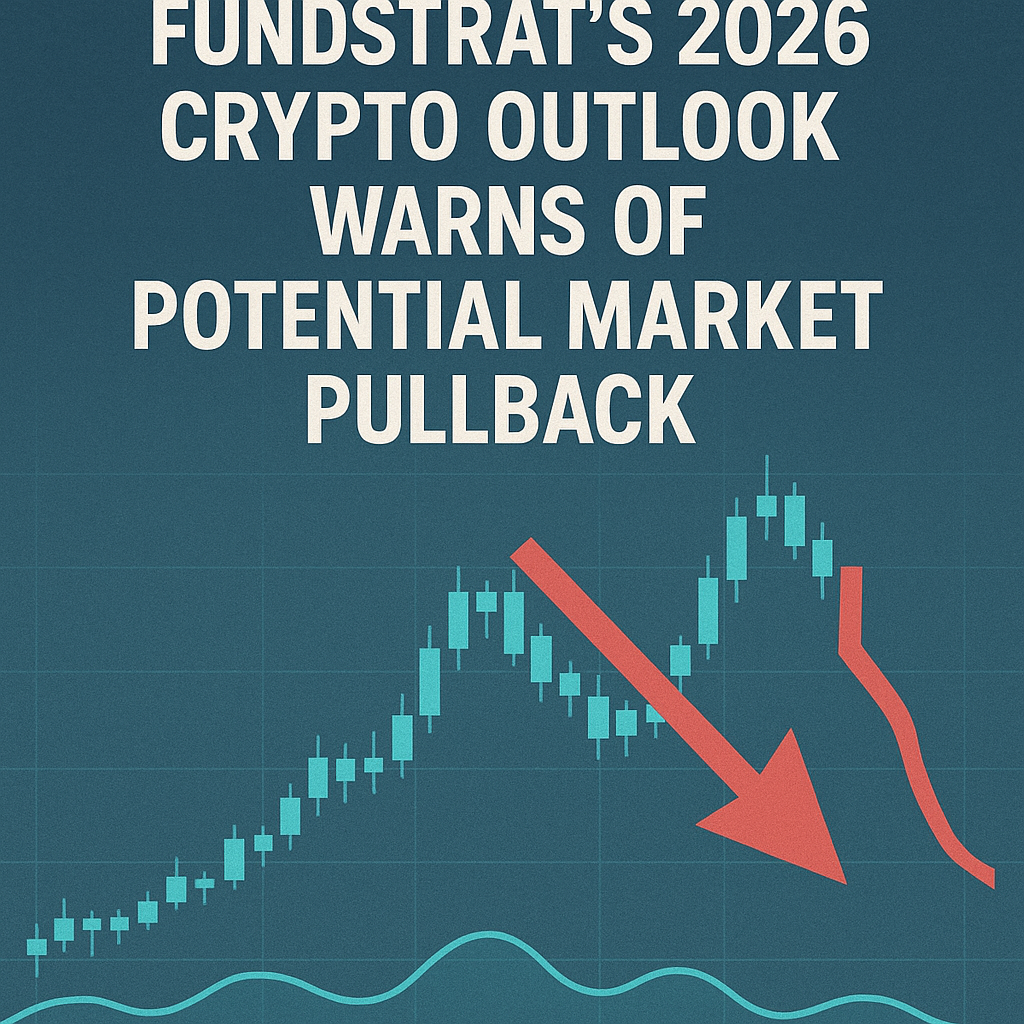
Just days after the U.S. central bank cut interest rates by 25 basis points for the first time in almost a year, gold continues to shine. On Monday, it reached a new high of $3,750 per ounce, making it one of the best-performing assets of the year. In addition to steady support from central banks buying gold at a record pace, new bullish investors are joining in. They are shifting gold’s role from a traditional safe haven toward diversification and growth opportunities. The question is whether this outlook isn’t overly optimistic.
Gold has already gained more than 43% this year. Several factors are behind this surge. The main driver remains central bank demand, which is on track to reach around 1,000 tons in 2025—marking the fourth consecutive year of massive demand. Most central banks also expect to increase their reserves further over the next five years. For example, purchases in Q2 2025 were 41% above the historical average. This sustained demand supports higher prices, though some banks are slowing their buying precisely because of these rising prices.
The weak U.S. dollar is another factor fueling gold’s rise. The dollar is experiencing its worst year since the 1970s. Since gold is traded in dollars, the currency’s weakness acts as a tailwind.
Geopolitical uncertainty also continues to play a role. In uncertain environments, gold traditionally serves as a defensive asset and safe haven. But what’s interesting is that today, it is rising alongside risk assets such as stocks and cryptocurrencies. This suggests investors see gold not only as protection but also as a tool for diversification and speculation on further growth.
Outlook for further growth
Gold’s next move will depend on a combination of factors: the pace of central bank demand, the strength of the dollar, and the state of the economy. According to a Bank of America survey, only 10% of fund managers expect a recession, or a so-called hard landing. Most investors are betting on a soft landing—taming inflation and lowering rates without stalling growth. However, current data points more toward a “no landing” scenario: inflation remaining above the Fed’s target, the labor market weakening sharply, and an external shock in the form of Trump’s tariffs.
History shows that gold performs well in both scenarios—best in recessions, but still delivering solid returns during soft landings.
Another catalyst could be a loss of confidence in the U.S. dollar, potentially driving capital from government bonds into gold. This process could accelerate if political attacks on the Fed’s independence escalate.
The dollar’s status as the world’s reserve currency remains key for gold. Despite challenges, trust in the dollar is not as weak as it might seem. This is supported by our recent Retail Investor Beat survey, which showed that only 9% of Czech retail investors believe the dollar will lose its reserve currency status within the next decade.
In the short term, however, gold already appears overbought. Investors who missed the latest rally should proceed cautiously and wait for the formation of a new stable price range.
What do you think? Will gold continue to rise? Share your opinion by tagging me @thedividendfund on eToro!
The post Will gold continue its meteoric rise this year? appeared first on eToro.












 Bengali (Bangladesh) ·
Bengali (Bangladesh) ·  English (United States) ·
English (United States) ·